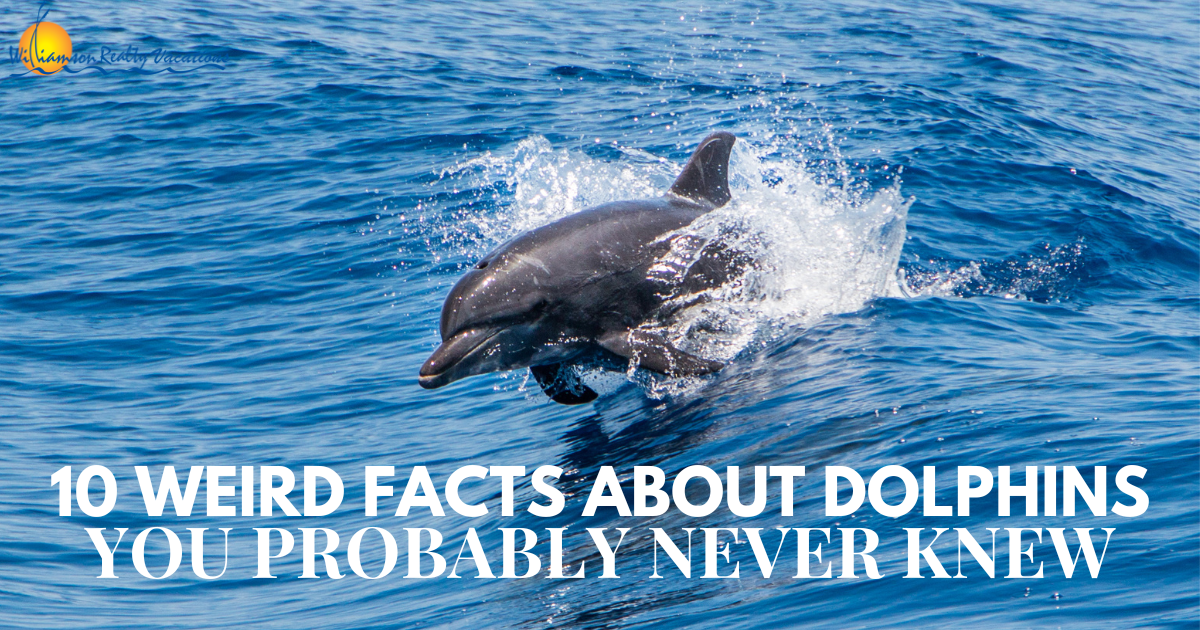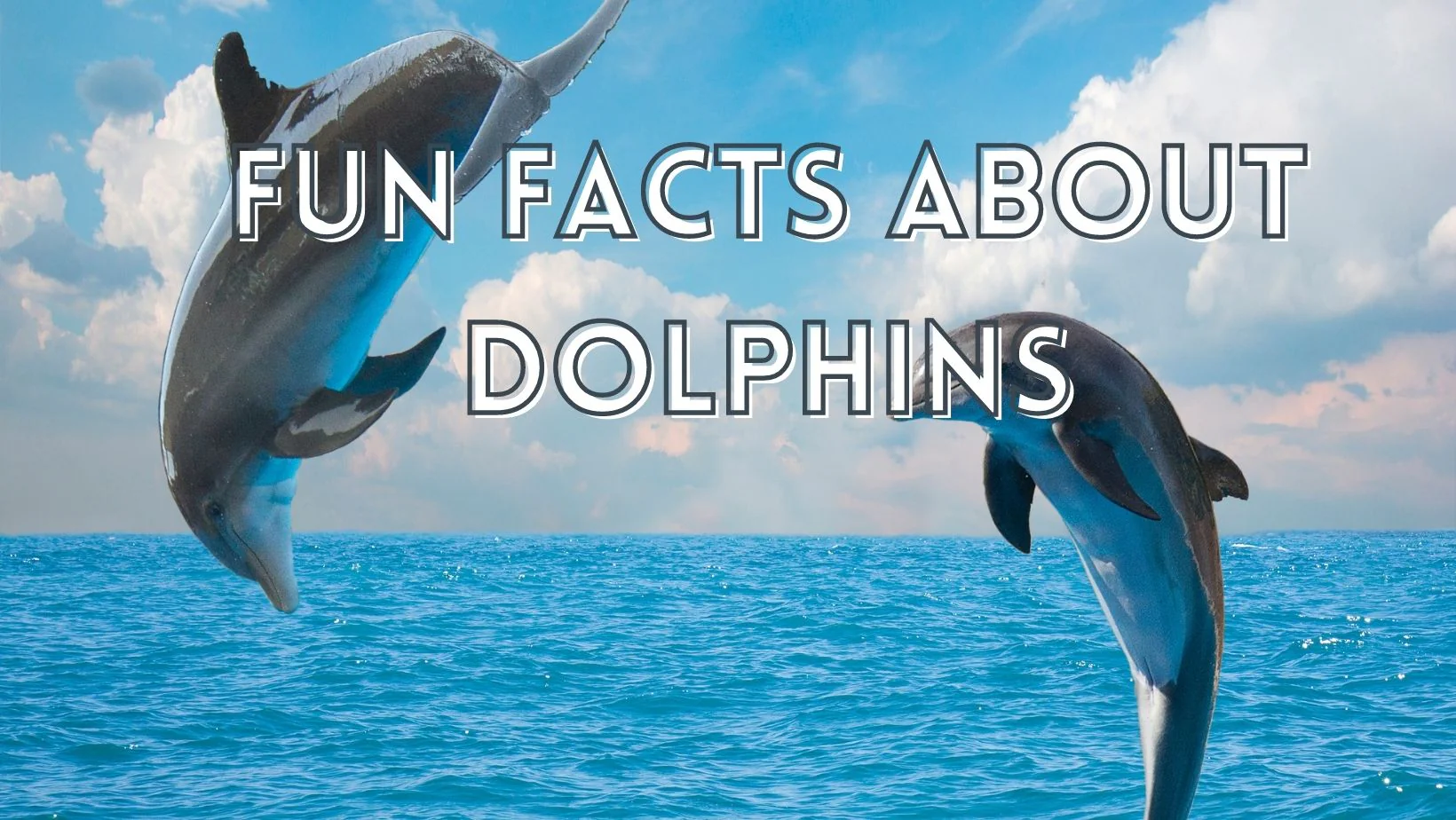Discover Just How Dolphin Facts Reveal Their One-of-a-kind Social Structures
Wiki Article
Study the Ocean: Exciting Dolphin Realities for Ocean Lovers
The world of dolphins presents a fascinating junction of knowledge, social actions, and eco-friendly importance. With approximately 37 species, these aquatic mammals show a series of exceptional attributes that not only captivate sea enthusiasts yet likewise underscore their essential function in aquatic ecosystems. From their complicated communication approaches to their excellent problem-solving capabilities, dolphins test our understanding of animal intelligence. The pressing need for conservation initiatives to shield these animals and their habitats elevates essential concerns concerning our obligation towards the sea's inhabitants. What effects do these factors hold for our communications with these remarkable beings?Dolphin Variety Diversity
Variety is a characteristic of the dolphin family, including a large range of species that display distinctive physical qualities, habits, and environments. The family Delphinidae, frequently referred to as oceanic dolphins, consists of approximately 37 types, each adjusted to specific environmental particular niches. The bottlenose dolphin (Tursiops truncatus) is renowned for its intelligence and flexibility, growing in both open and seaside sea atmospheres.On the other hand, the whale (Orcinus whale), typically referred to as the killer whale, is the largest member of the dolphin family and is defined by its striking black-and-white pigmentation. Orcas show complex social structures and searching strategies, showcasing the behavior variety within the family members. Various other varieties, such as the rewriter dolphin (Stenella longirostris), are kept in mind for their acrobatic screens and choice for warmer waters, highlighting the versatility of dolphins to different marine ecosystems.
Additionally, river dolphins, including the pink river dolphin (Inia geoffrensis), inhabit freshwater settings, better showing the extensive habitats that dolphins inhabit. Dolphin Facts. This incredible variety not only enriches marine ecological communities yet likewise highlights the value of preservation initiatives to secure these impressive animals and their environments
Social Actions and Interaction
The elaborate social habits and interaction techniques of dolphins are important components of their existence, assisting in team communication and enhancing survival. These highly intelligent aquatic creatures display complicated social frameworks, frequently creating husks that can vary from a couple of individuals to over a hundred. Within these groups, dolphins engage in actions such as cooperative searching, social play, and mutual defense, which foster solid bonds among participants.Dolphins make use of an advanced array of articulations, including clicks, whistles, and body movement, to communicate info and express feelings. Their trademark whistles serve as unique identifiers, comparable to names, allowing people to call out to one another. This vocal communication is complemented by non-verbal signals, such as jumping, slapping the water, and synchronized swimming, which additionally enhances their interactions.

Unique Feeding Practices
Special feeding practices characterize dolphins, showcasing their adaptability and knowledge in numerous marine settings. These aquatic creatures are recognized for their varied diet regimens, which primarily contain fish, squid, and crustaceans. Their searching techniques can vary dramatically, commonly tailored to the details victim and ecological conditions.One remarkable technique is participating searching, where dolphins function in teams to herd institutions of fish right into tight developments, making it simpler for people to catch their dish. This social behavior not only enhances their feeding performance yet additionally enhances social bonds within the case. Furthermore, dolphins have actually been observed employing a method called "fish-whacking," where they use their tails to stun or disorient fish, facilitating much easier capture.
Another remarkable feeding practice is echolocation, which permits dolphins to spot prey also in dirty waters. By releasing sound waves and analyzing the returning echoes, they can recognize the size, shape, and area of their targets. This amazing ability emphasizes their flexibility in different environments, from shallow seaside areas to much deeper nautical waters. Overall, the special feeding practices of dolphins highlight their role as knowledgeable killers within the aquatic ecosystem, demonstrating both intelligence and ingenuity.
Intelligence and Trouble Solving
Dolphins exemplify impressive look at this web-site cognitive abilities that extend past their innovative feeding strategies. Their intelligence appears in their analytical abilities, social interactions, and capability for understanding. Study has actually shown that dolphins can use tools, such as utilizing marine sponges to protect their rostrums while foraging on the seafloor. This behavior highlights their ability to adjust their setting efficiently and adapt techniques to improve survival.Additionally, dolphins show innovative communication abilities, utilizing an intricate system of clicks, whistles, and body movement. Dolphin Facts. This communication is important for coordinating team tasks, such as hunting and interacting socially, highlighting their ability to work collectively in the direction of a typical goal. Their ability to recognize abstract principles, including self-recognition in mirrors, further stresses their cognitive elegance
In regulated research studies, dolphins have actually shown a capacity to resolve challenges and perform jobs that require both memory and essential reasoning. These communications indicate not only knowledge however also a readiness to engage with their atmosphere in novel methods. On the whole, the cognitive prowess of dolphins puts them among the most intelligent varieties in the world, promoting a much deeper gratitude for their function in aquatic communities.
Preservation and Environmental Effect
Conservation efforts targeted at shielding marine ecological communities are essential for protecting dolphin populaces and their habitats. Dolphins are extremely conscious environmental changes, and their survival is delicately connected to the health of oceanic communities. Overfishing, contamination, and environment change position significant risks to both dolphins and their settings.Overfishing disrupts the food chain, resulting in a decline in victim types crucial for dolphin survival. Toxins such as plastics and chemicals gather in aquatic atmospheres, jeopardizing dolphins via intake and bioaccumulation. Raised water temperature levels and sea acidification, consequences of environment change, even more endanger the delicate equilibrium of marine communities, affecting dolphin breeding and migratory patterns.
By prioritizing preservation efforts, we can ensure that future generations delight in the appeal and vigor of dolphins and the seas they inhabit. Safeguarding marine environments is not just regarding conserving dolphins; it is about protecting the intricate internet of life that sustains us all.
Conclusion
Dolphins exhibit the intricacy and splendor of marine life with their diverse varieties, elaborate social frameworks, and advanced cognitive abilities. Their unique feeding behaviors and interaction methods additionally show their adaptability and knowledge. As important components of marine ecosystems, dolphins underscore the necessity of continuous preservation efforts to safeguard their habitats. Protecting these remarkable animals is crucial not just for their find here survival however additionally for keeping the health and equilibrium of sea atmospheres worldwide.Various other types, such as the spinner dolphin (Stenella longirostris), are noted for their acrobatic display screens and choice for warmer waters, highlighting the flexibility of dolphins to numerous marine communities.
Overall, the one-of-a-kind feeding routines of dolphins Click Here highlight their function as experienced killers within the aquatic community, demonstrating both intelligence and resourcefulness.
Generally, the cognitive prowess of dolphins positions them among the most intelligent species on the world, cultivating a deeper appreciation for their duty in aquatic ecological communities.

Report this wiki page